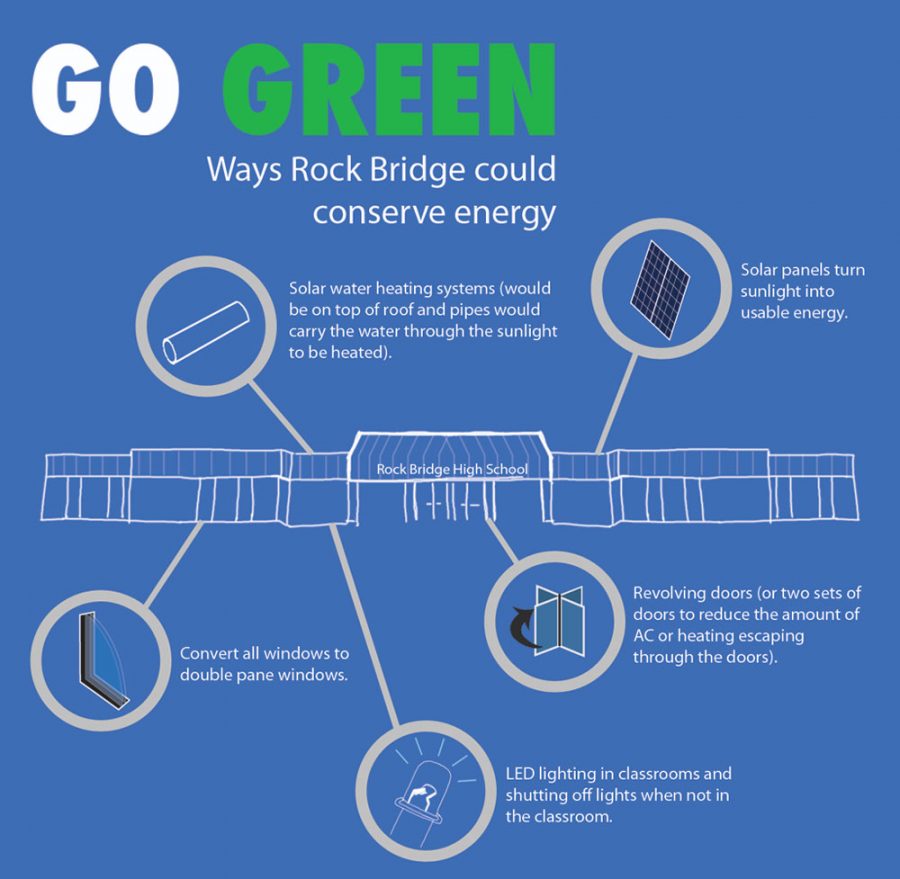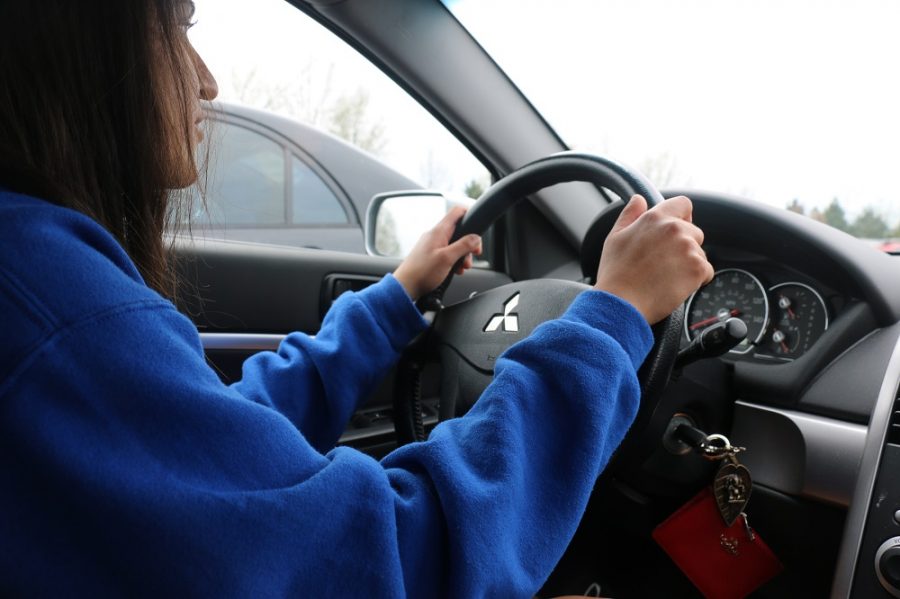Although the technology behind the famous lines from Star Trek, “beam us up!” is yet to become a reality, that doesn’t mean different futuristic advancements aren’t in today’s scope of possibility. These technologies range from the ability to remotely disable a car as reported by CBS Los Angeles, to having access to anything, anywhere.
Some companies are further ahead than others. Google is on a fast track to the future, developing technology that will allow us to drive in a car without actually having manual control over it. One of the goals for these cars is to prevent deadly incidents on the road due to human error, Google said in a press release.
One of the main goals Google has for the self driving car is to give people more productivity time. People spend an estimated average of 52 minutes each working day commuting, according to the U.S. Department of Transportation. In their official blog, googleblog.globspot.com, Google said they hope the self driving car will bring ease into managing time efficiency because that time driving will be spend on more productive things.
These vehicles, also known as ‘autonomous’ cars, use a combination of sensors including lasers, radar, GPS, and a car-mounted camera to get around, according to Google. The “eyes” of the driverless car “see” the world through a highly detailed map, which include signals and view of the road, according to Google’s informational video on their self-driving car.
Despite this, there is still speculation regarding how the car will perform when confronted with road signs or during bad weather conditions. This leads people like sophomore Savannah Kitchen to wonder whether a self driving car could react better to what happens on the road than a human.
“I think that a common misconception is that technology is always more perfect than humans, and that it will always do better than humans at everything, and I don’t think that’s necessarily true,” said Kitchen. “I think that, to a certain extent, technology is helpful, but when it gets to be that we’re so reliable on it that we can’t even function ourselves, we just leave it to technology… at that point it gets too far, and technology is not perfect. It can make mistakes and so I would rather put my life in my hands instead of the hands of technology.”
Another reason Kitchen is hesitant to put her life behind the wheel of a driverless car is due to the numerous incidents when technology on a smartphone or computer has malfunctioned.
“There’s [always] some sort of network error,” Kitchen said. “And to have that network error happen on the road where accidents happen so often, I don’t think I would be ready to let technology drive for me.”
Adam Waytz, psychologist from the Northwestern University’s Kellogg School of Management, said sometimes when it comes to certain types of technology, people tend to trust it more than their own abilities.
“Often times people trust GPS to get them to the correct destination, but it leads them astray, and sometimes with even deadly consequences,” Waytz said. “There have been stories of people dying in the middle of nowhere because they erroneously followed GPS.”
Waytz said people tend to trust technology less when we feel dependent on its abilities. One way Google plans to project self driving as safe and dependable, the human qualities people expect vehicles to have, is through its ability to sense its surroundings, such as “seeing” the bikers and trucks around it and acting accordingly.
“We don’t like when technology threatens our autonomy as individuals,” Waytz said. “However, when technology is subtly human-like and contains just a few human-like cues, people view technology to be intelligent without being threatening.”
If a car has features that make it seem smart, Waytz said, like giving it a voice, face, and gender, then people tend to trust the car to be more reliable. If the car seems like any other machine, the trust decreases. Based on his research, people would trust the technology behind self driving cars.
“When we had people driving a car simulator that drove autonomously,” Waytz said, “They trusted the car more when we added human-like features–voice, a name, and a gender–compared to when the car drove autonomously but lacked these features. They also blamed the car less when it got into a virtually unavoidable accident.”
Even though Kitchen said she wouldn’t trust the technology behind the car to transport her safely, she does see how someone could benefit from the advancement. In theory, the driverless car might decrease the risk of a car wreck caused by human error, she said, but that is only if the cars function properly.
alertdriving.comAccording to
, human error accounts for more than 90 percent of road accidents. If the car performs as expected by Google engineers, these cars could hold the future of safer driving.
As stated on Google’s webpage, “… one of the big problems we’re working on today is car safety and efficiency. Our goal is to help prevent traffic accidents, free up people’s time and reduce carbon emissions by fundamentally changing car use.” Google plans to do this by leaving the driving time to the car, rather than the driver. These autonomous vehicles will also promote the idea of car sharing, which Google hopes will greatly reduce car usage and create “highway trains of tomorrow”. If things go as planned, Google says these highways will increase the amount of people transported on major roads and reduce energy consumption.
Unlike Google and other automakers’ promise, such as Nissan and Mercedes-Benz, to have self driving cars on the market by as soon as 2020, General Motors is taking a smaller step toward autonomous driving. GM guaranteed that their Cadillac will offer Super Cruise technology, which has the ability of semi-autonomous driving, rather than full autonomous capabilities present in Google’s self-driving vehicle, in bumper-to-bumper traffic and on freeways by 2018.
businessinsider.comAnother difference behind GM’s approach to self driving cars is the level of human intervention. According to GM, “driver attention will be required.” GM is different because people think this is a more realistic approach to stepping into the world of autonomous vehicles and gradually releasing them onto the streets, rather than demanding the world to be ready like Google, according to
.
Certain technology, Waytz said, already has advanced beyond human abilities. For example, the calculator, he said, can do math quicker than he can. Waytz said he would trust a self driving car to drive him safely, and looks forward to the commute.
distraction.govThere are many ways people could benefit from self driving cars, he said, such as aiding drivers who are unfocused on the road. According to
, in the year of 2012, about 3,328 people were killed in crashes involving distracted drivers. Although autonomous vehicles could help people in this way, he also realizes there are potential legal difficulties surrounding them.
“Autonomous technology will benefit people who may be impaired to drive if they are sleepy, angry, distracted, or otherwise troubled,” Waytz said. “On the other hand, the major negative consequences will be the complexity that these vehicles will pose to the legal system when the system has to decide who is responsible for an accident.”
Despite the negative aspects of the autonomous car, he said people will adapt to the idea once they realize it’s accessibility.
“I think people will adopt to autonomous cars slowly, just like they do with any other radical technology,” Waytz said. “Eventually self-driving cars will become ‘the norm,’ though, when people realize [the car’s] convenience.”
By Grace Vance


















































































Rochita Ghosh • Nov 7, 2014 at 10:54 am
I think self-driving cars can produce more good than harm compared to accident rates on the road now; but it’s great to see the opposing view here. Cool article.